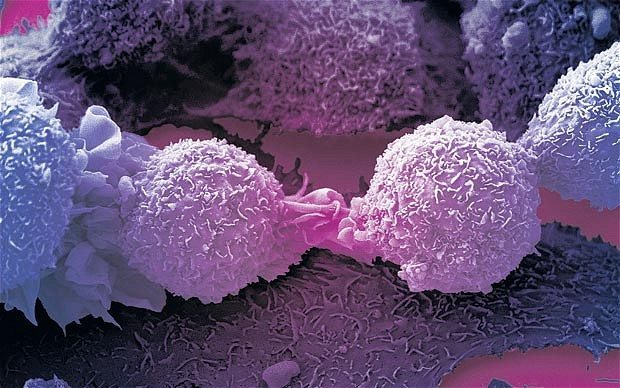
Sophiris Bio Inc (NASDAQ:SPHS) was an end of the week runner last week, as the company announced its intentions to present some data at an upcoming conference. It’s up more than 11% right now, and it looks as though there’s some run room moving into this week, and in particular as we head into the conference in question. With this in mind, and ahead of the presentation, here’s a look at what’s happening, why it’s happening and what we’re looking for as reinforcing an upside bias when the numbers hit press.
First up, it’s worth noting that the numbers in question, data from a phase IIa study investigating a drug called Topsalysin as a potential treatment for prostate cancer, are already in the public domain. They hit press in June 2016, at trial wrap up, and kicked off the summer run that saw Sophiris gain from around a dollar a share to just short $6 during the third quarter.
The upcoming presentation, then, is more of an awareness catalyst than it is anything else. That said, the poster has been selected by conference organizers as one of the best posters at the congress, and the data is strong, so while it’s just about awareness, that doesn’t really limit its impact.
The drug is an exercise in symptom limitation, essentially. Current estimates suggest that around 80% of prostate cancer diagnoses are localized forms of the disease, and that in the US, many of these localized (if caught relatively early) will remain confined to the prostate, and not spread. However, these patients have very few options other than to undergo radical treatment. This can include surgery to remove the entire prostate and/or radiation. Potential toxicities from radical treatments can be significant and permanent and include erectile dysfunction, incontinence and rectal toxicity. These are tough side effects to have to accept, especially if the treatment could have been avoided.
Enter Topsalysin.
It’s basically an injectable version of a chemo agent, that’s only activated when it comes into contact with what’s called a prostate specific antigen (PSA), which is produced in large quantities by the prostate gland.
This activation method limits its toxicity to the prostate, and if it carries through to commercialization, will offer patients that do not want to undergo radical treatment a chance to have their cancer treated locally, without having to undergo radiotherapy (or at least, not as a primary) and/or without them requiring prostate removal.
So that’s the drug, and the justification – what did the numbers tell us?
Well, in short, it seems to work. The trial was a phase IIa, so the primary was safety and tolerability of the injection, and no safety issues came about. All of the patients on the study completed it (18 patients altogether) and there have been no long term toxicity issues reported. A secondary endpoint looked at clinical impact, and this side of the study was what people really wanted to look at. Based on the numbers, half of patients had a response. Two experienced complete ablation with no evidence of any tumor remaining at six months. Seven men experienced a partial response, defined as either a reduction in the maximum cancer core length or a reduction in Gleason pattern. So that’s not superb performance, but the key thing to recognize is that this study looked at clinical benefit as secondary. There’s an ongoing phase IIb, which is designed to basically expand on the phase IIa numbers, that should be able to refine these numbers a bit through an optimal dosing strategy, optimizing the delivery approach, that sort of thing.
So what’s next?
Well, the numbers are certainly strong enough to get people in the space thinking about the potential impact of a treatment like this hitting shelves, and the people you want to get thinking about it are the ones who are going to be using it, and that’s who Sophiris is presenting to this month. It’s the 32nd European Association of Urology Congress, and as such, it’s going to be full of urology specialists.
With the ongoing phase IIb, then, getting this drug into the sphere of consciousness of these men and women is a key jump on any potential commercialization run, and that’s why we’re seeing the stock gain strength currently.
The phase IIb is set to complete end next year, but chances are we’ll see some interim hit press between now and then.




